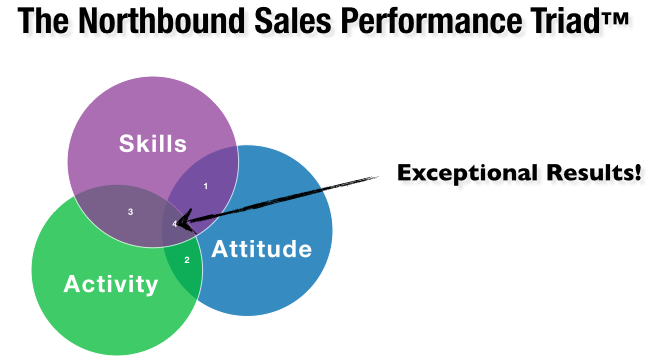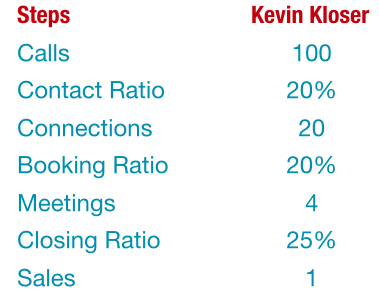Over 90% of prospecting phone calls end in voicemail. Here’s how to use them to your advantage.
By Sian Henderson
Program Delivery Director, Northbound Learning
As frustrating as voicemail is when making chase calls to prospects, it’s the norm and unfortunately, there is an inverse relationship between the size of a company and the ability to connect in person. That is, the bigger and more attractive the prospect company, the lower the chance of your prospect picking up the phone. Like everything else in the prospecting process, you should measure your results in this area. The number of contact attempts divided by the number of connections with your prospect is called “contact ratio.” Sales reps that I’ve worked with report contact ratios on the high end of 30% and a mere 2% on the low. With voicemail confronting you so often, how can you increase your chances of being called back? Here are 6 common mistakes to stay away from:
1) You don’t actually leave a message
2) You don’t have a Compelling Business Reason (CBR)
3) You ask for too much
4) You “wing it”
5) You leave too much time in between voicemails
6) You act too submissive
If you act like a lesser business person begging for the prospect’s consideration, you have reduced yourself and the prospect can lose respect for you. You are one business person requesting to speak to another business person to see if there may be a mutual benefit of working together. Approach the call from an Equal Business Footing (E.B.F.) perspective. Picture how you might speak to another person you meet in a park while walking your dogs together. You wouldn’t be pushy or threatening. That’s how you should think of your prospect when you’re leaving a voicemail. If you sound relaxed, confident, open and honest, your prospect will be much more likely to want to speak with you.
Northbound’s “Connecting to Mr. Big Cheese” workshop teaches your team how to dramatically increase the number of meetings booked with potential new customers. To enquire about fees and details, contact Michael at 416.456.1440 or [email protected].










